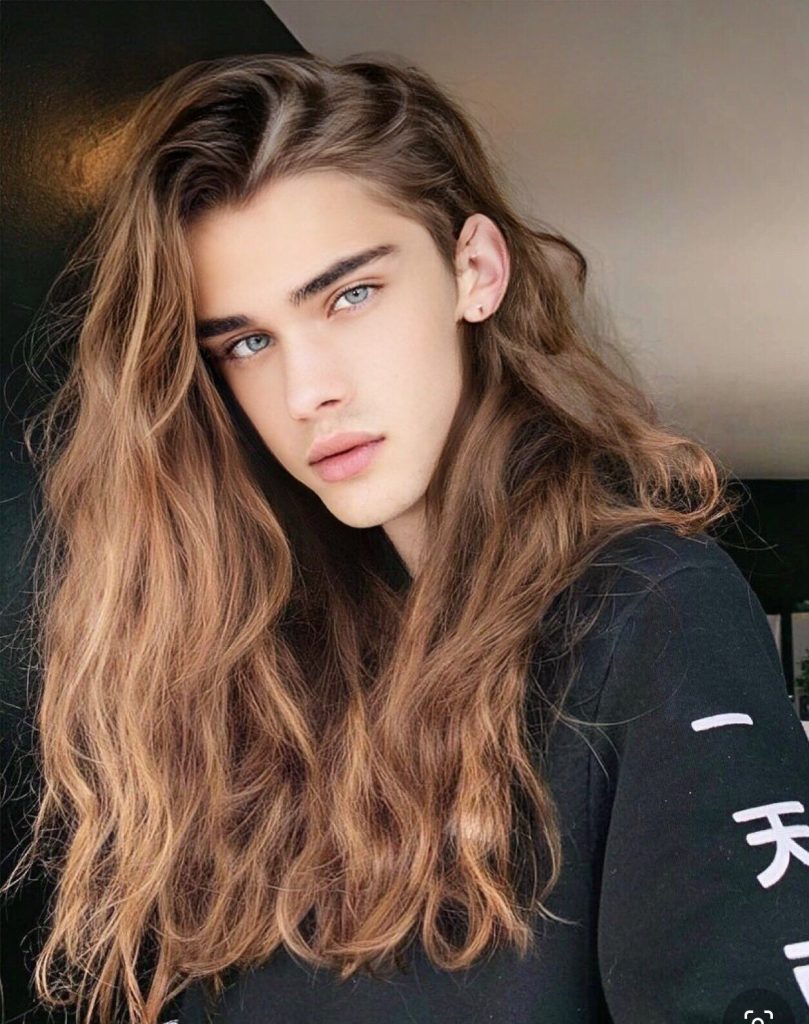In recent years, society has seen a shift towards a more open and inclusive understanding of gender identity and expression. Androgyny, in particular, has become a popular and celebrated form of gender expression, challenging traditional gender roles and stereotypes. One aspect of this expression that has gained attention is the use of long hair as a way of blurring the lines between gender norms. In this blog post, we will explore the significance of long hair androgyny and its place in the evolving landscape of gender expression.
The History of Long Hair
Long hair has a complex history and has been a symbol of various cultural and social movements throughout time. For example, in many Indigenous cultures, long hair is considered a sacred part of one’s identity, while in the 1960s and 1970s, long hair became a symbol of the counterculture movement, representing a rejection of traditional societal norms.
In terms of gender expression, long hair has also played a role in defining gender roles throughout history. In many cultures, long hair has been associated with femininity, while short hair has been associated with masculinity. This is evident in the Victorian era, where men wore their hair short and women were expected to have long hair that was styled in elaborate updos.
The Rise of Androgyny
In recent years, androgyny has become a popular form of gender expression, challenging the gender binary and traditional gender roles. Androgyny refers to a gender expression that combines masculine and feminine elements, blurring the lines between the two. This can take many forms, such as wearing clothing that is typically associated with the opposite gender, using makeup to create a more ambiguous look, androgynous hairstyles, and more.
The rise of androgyny can be seen in popular culture, with celebrities such as Janelle Monáe, Tilda Swinton, and Harry Styles embracing androgynous styles. It has also been embraced by the fashion industry, with many designers creating gender-neutral clothing lines and featuring androgynous models on the runway.
Long Hair Androgyny
One form of androgyny that has gained attention in recent years is long hair androgyny. This refers to individuals, regardless of gender identity, who choose to wear their hair long, often styled in a way that blurs the lines between traditional gender norms. This can involve wearing hair in braids, wearing it down, styling it in a messy, natural way, or even wearing wigs or hair extensions to create a more androgynous look.
Long hair androgyny is an empowering form of self-expression, allowing individuals to challenge gender norms and express themselves authentically. It is a way to embrace both masculine and feminine qualities, creating a unique and personalized expression of gender identity.
Challenges and Criticisms
As with any form of gender expression, long hair androgyny has faced challenges and criticisms. Some individuals may face discrimination or harassment based on their gender expression, particularly if it challenges traditional gender roles. Additionally, some may face criticism from within the LGBTQ+ community, as androgyny can be seen as reinforcing the gender binary.
However, long hair androgyny can also be a way for individuals to challenge these criticisms and embrace a more fluid understanding of gender identity and expression. It allows individuals to reject the idea that gender is a fixed, binary concept and instead embrace a more nuanced and personalized understanding of gender.
Conclusion
Long hair androgyny is a powerful form of gender expression, allowing individuals to embrace both masculine and feminine qualities and challenge traditional gender norms. It is a symbol of the evolving understanding of gender identity and expression in society, challenging the gender binary and promoting a more inclusive and accepting culture. While it may face challenges and criticisms, long hair androgyny is an empowering way for individuals to express themselves authentically and create their own unique understanding of gender.

